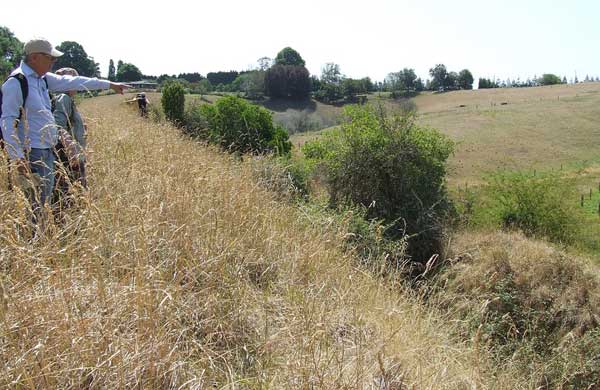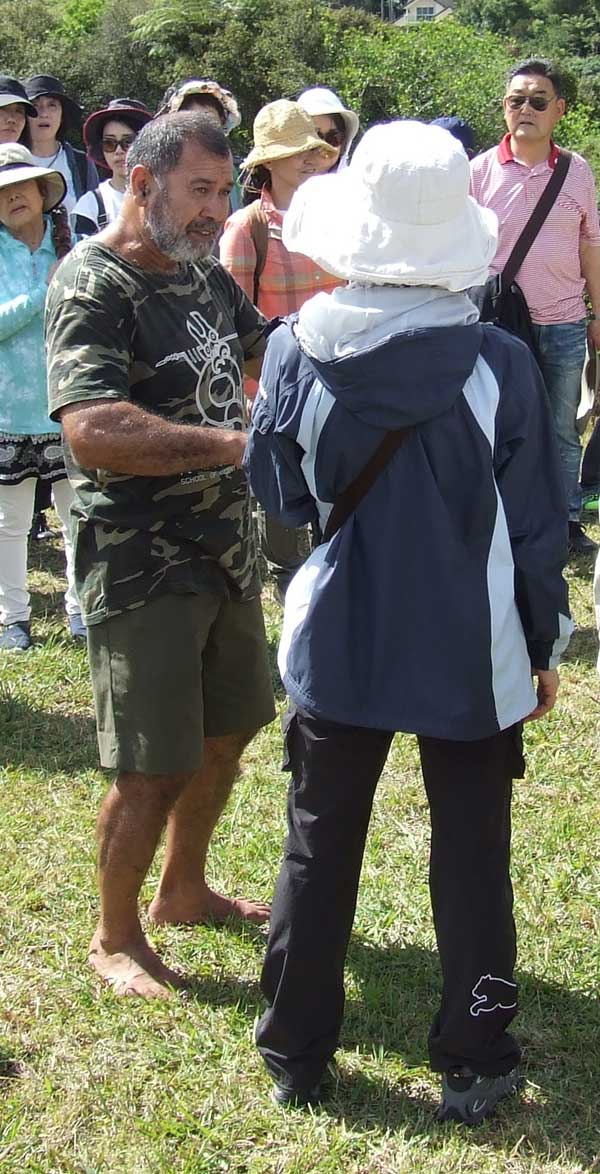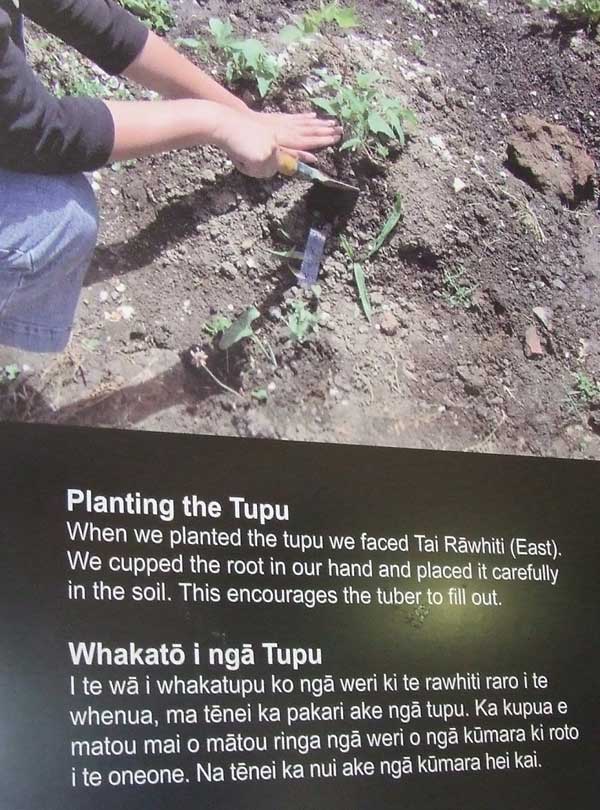Managing and interpreting Maori heritage: Pā today
Posted on: 18 February 2020 by Professor Harold Mytum in 2020 posts

Professor Harold Mytum concludes the blog series from his visit to New Zealand by exploring the relationship between the hill forts and contemporary Maori culture.
The Hill Fort Study Group (HFSG) has been fortunate to have expert archaeological guides lead us around many of the sites we visit, and we have gained a deeper understanding of the interpretation of the sites, but such sites still have meaning within contemporary Maori culture and identity. Indeed, this is often felt as a personal connection. On our first full day we learnt from Malcolm Paterson of the Ngāti Whātua of the significance of Maungakieke pā to him. Malcolm has written, ‘Tuperiri, as far as I know the last rangatira to occupy Maungakiekie as a traditional styled pā, is in English terminology my sixth-great grandfather. I understand that he died very near the end of the 1700s. I know the names of all of his direct descendants down to me and my sons.’ A rangatira is a hereditary Māori leader of the hapū – a subdivision of the tribal iwi.
We also had a formal welcome in Maori at Mangere Mountain education centre, to which HFSG gave a formal response in appropriate style, which was well received. We were then shown round the site by Ian Lawlor who has worked closely with Maori groups in protecting their heritage. Another formal welcome came at Kororipo pā when Kipa Munro of the Ngāti Rehia welcomed us and through voice and action led us onto the site where we all had to remove footwear and, after further introduction, we then ceremonially touched foreheads and noses – the hongi. This was a truly multicultural affair as we shared this ceremony with a party of Japanese on a meditation tour!

Kipa Munro welcomes us to Kororipo pā - he is already barefoot but we're about to take off our shoes!
The 1975 Treaty of Waitangi Act is leading to pā being taken under full or part Maori control. This has affected management positively, in that stakeholders with a strong interest in the significance of such places are now in complete or joint control with the government authorities. There are, however, some issues regarding establishing appropriate management regimes that prevent the risks of fire from uncut grasses, archaeological damage if trees fall in storms, and the extent of planting native species of bush across sensitive parts of the sites. In time these matters will be addressed, and other positive changes include more bilingual signs are being designed, and not only archaeological but traditional Maori understandings of the sites is being provided. These are exciting times in New Zealand heritage.

Bilingual interpretation at Mangere Mountain education centre, explaining experimental archaeology to grow tupu, small plants. The staple crop was sweet potato; these were stored in pā for food and future planting.
I would like to thank all who drove us to and guided us round the individual sites, and to Heather James and Shelagh Norton for organising all the site visits, expert guides, transport, and accommodation. They also provided an excellent array of background literature which, combined with the stimulating discussions with HFSG colleagues and New Zealand archaeologists, has meant that my understanding of late prehistoric monumentality has been transformed. This most exhilarating and inspiring study trip will inform my heritage teaching and encourage me to push for more ambitious reconstruction at Castell Henllys, expanding my existing belief in the role of Celtic art in the symbolic decoration of structures.
Discover more
Study in the Department of Archaeology, Classics and Egyptology at the University of Liverpool.
Read parts one and two of Harold's New Zealand blog.
Keywords: new zealand, hillforts, harold mytum, student, archaeology, study, studying, Liverpool, university, Equality, Diversity and Inclusion.